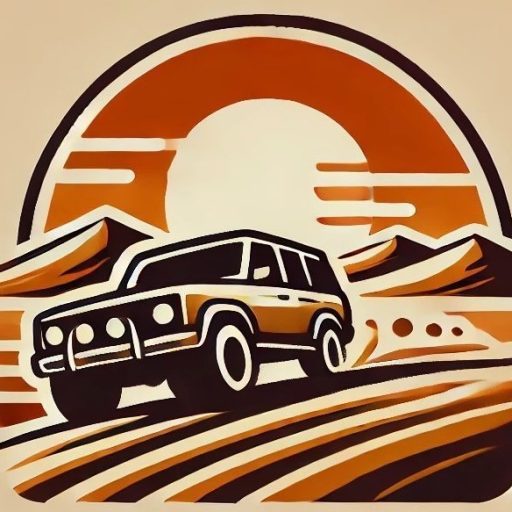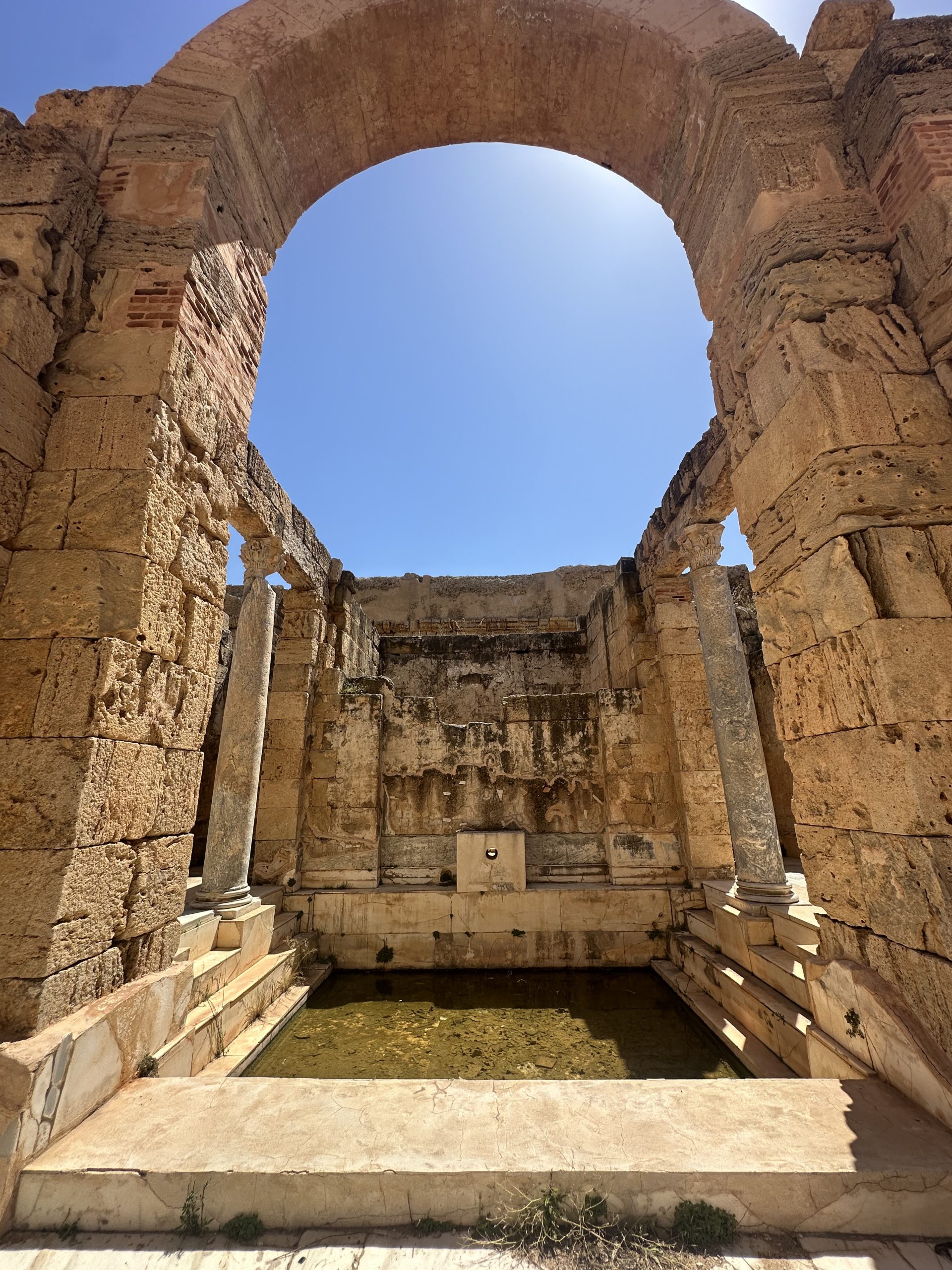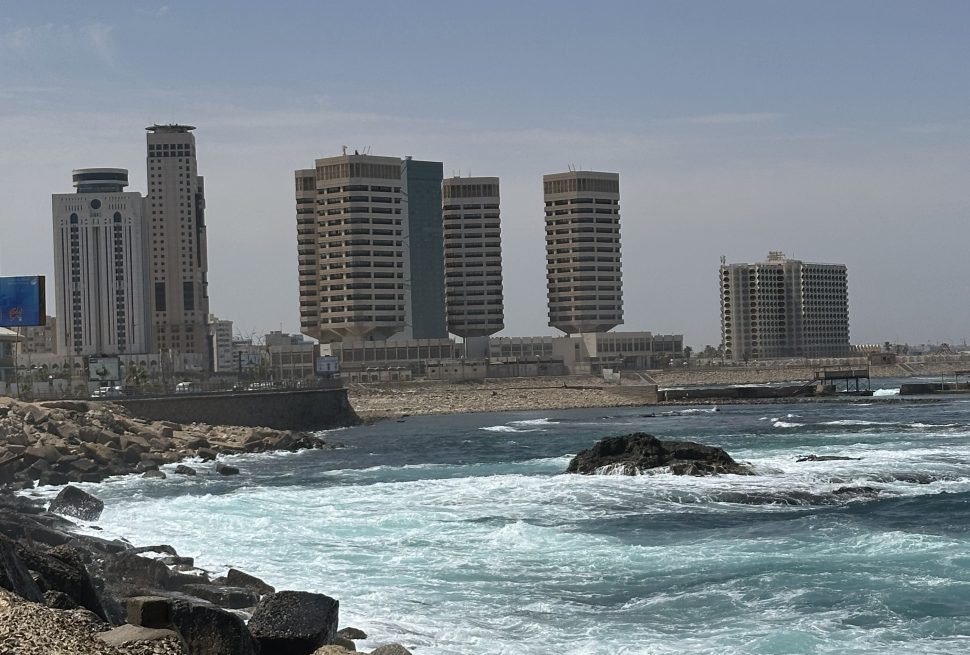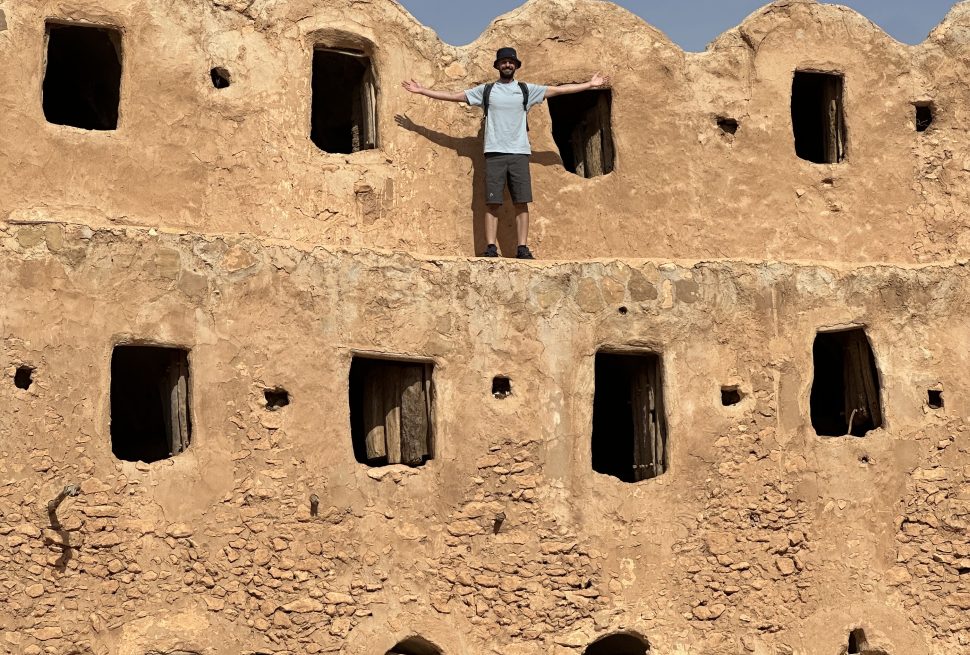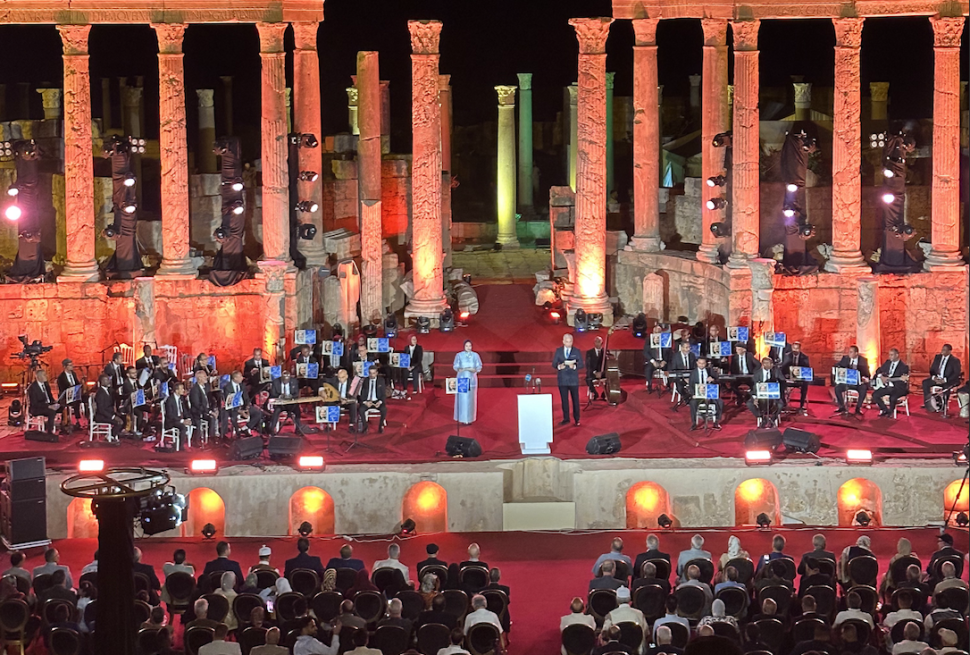Morning in Leptis Magna a Living City
Close your eyes and imagine waking in Leptis Magna nearly two thousand years ago. The morning sun glows gold against sandstone columns, the salty air drifts from the Mediterranean, and the city hums with life. Fishermen are already out at sea, farmers haul baskets of figs and olives into the market, and merchants prepare ships that will soon sail for Rome. This was not just a city of marble arches and carved stone; it was a living organism, pulsing with human ambition, fear, and hope.
The City as a Whole
What strikes us about Leptis Magna is not just its grandeur but its wholeness. Every part of the city was connected: the harbor fed the market, the market funded the temples, the temples justified the power of elites, and the people — rich or poor — kept the machine turning. There was no separation between economy, religion, and social life. The same olive oil pressed by laborers flavored the meals of the wealthy and fueled the lamps in public baths. Even the poorest could visit the amphitheatre or share in festivals, drawn into the collective heartbeat of the city.
Today, Libya echoes this same wholistic rhythm. In modern Tripoli or Khoms, markets are still the meeting place where everything converges: goods, news, family, and faith. Fishermen set out at dawn as their ancestors did, farmers still tend olive groves, and families gather for shared meals.
Life Rich and Poor
For the wealthy in Leptis Magna, life meant villas with mosaic floors, banquets under torchlight, and influence in civic or religious affairs. They feared political rivalries, shifting imperial favor, or outbreaks of disease. Yet their prosperity depended entirely on the labor of others.
For the poor — artisans, fishermen, farmers, slaves — the city was survival. Their mornings began with toil and ended in crowded housing or simple meals of bread and olives. They feared storms destroying their boats, taxes crushing their harvests, or conscription into Rome’s legions. Still, they shared in the collective life of the city. The baths, the games, the festivals — these belonged to everyone.
Modern Libya carries a similar tension. There are families tied to business or oil wealth, and there are others laboring daily in fields and shops. Yet today, religion has woven unity, creating a greater sense of shared belonging.
The Sacred and the Everyday
During the Severan era Leptis Magna, religion was everywhere. Marble temples honored Jupiter, Hercules, and Rome itself. At the same time, Punic traditions to Baal Hammon and Tanit lingered in private homes. Religion was not about personal peace but about status, politics, and spectacle.
In contrast, modern Libya has found calm in unity. Islam ties together villages, cities, and tribes across the country. The call to prayer unites fisherman and merchant alike. Ramadan transforms daily rhythms just as festivals once did in Leptis Magna, but with a different heart — one centered on family, charity, and devotion rather than imperial pride.
Walking the Ruins Today
To walk Leptis Magna now is to move through layers of time. You step beneath the Severan Arch, carved with victories long forgotten, yet hear echoes of dock workers shouting in a dozen languages. Standing in the basilica, where judges once argued cases, and imagine the press of bodies and voices debating justice. You walk past mosaics that once gleamed in private dining rooms and wonder about the families who ate there, their joys and fears not so different from our own.
The ruins are not just silent stone. They are a mirror. They remind us that Libyans have always lived in a rhythm that ties community, work, and faith into one whole.
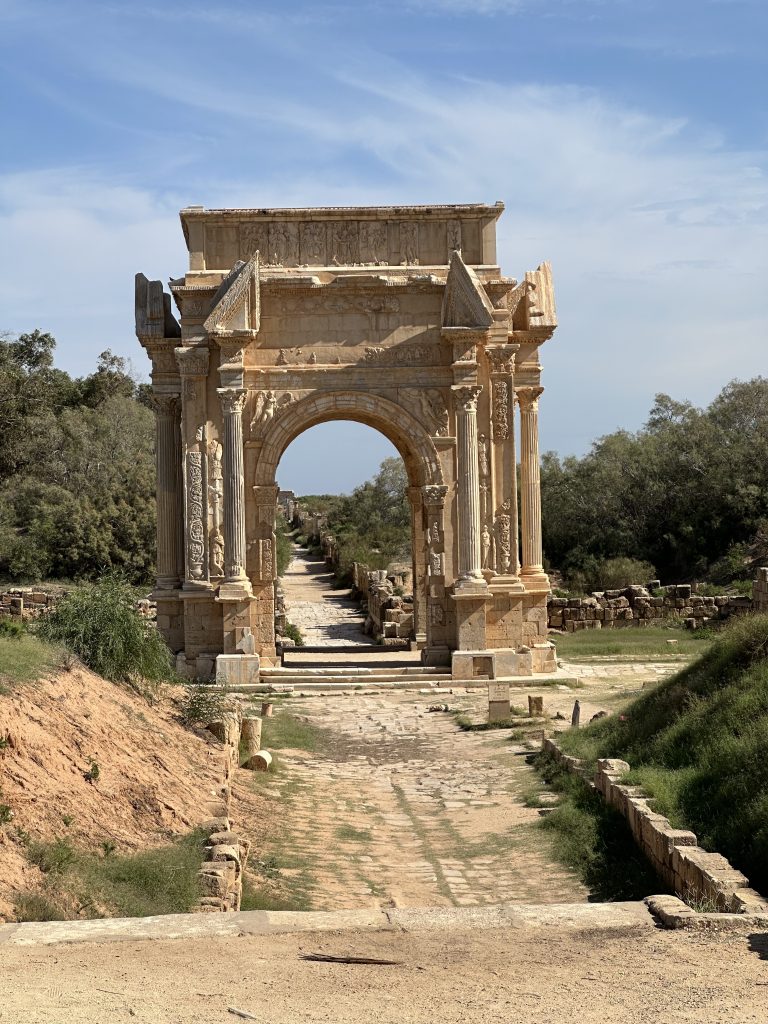
Closing Thought
Leptis Magna is not dead; it breathes in Libya’s markets, in the labor of its fishermen and farmers, in the hospitality of its families, and in the unity of its faith. The city shows us that life is not just about monuments or emperors, but about people living in a wholistic flow where everything is connected.
When you visit Leptis Magna today, you don’t just see ruins. You step into a living continuity, where the past still whispers in the present. IntoLibya invites you to walk these streets and feel how yesterday and today are part of the same story.
